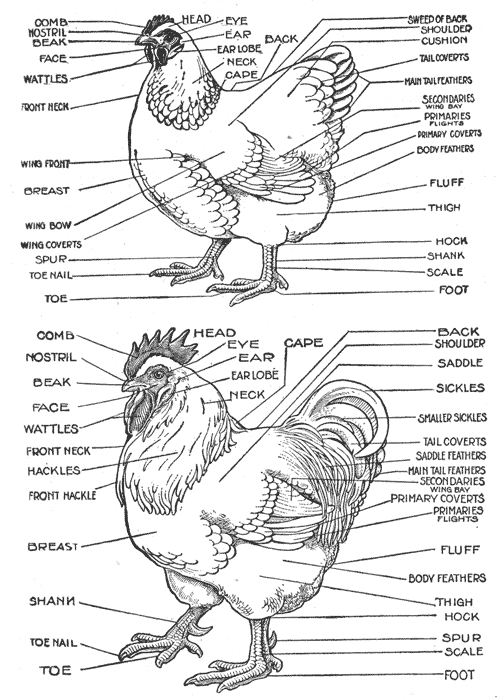1. FIND OTHERS TO HELP - Use the Internet to find like-minded people and form a group. We used the forum on BackyardChickens.com. Your title should say something like "Help me change the law in Salem, OR," so people in your town click to read more. From a group, give yourselves a name and a logo, start a website/ blog/ Yahoo group, ect.
2. UNDERSTAND CURRENT LAWS - The first step to changing your city's code is to understand the current legal status. You have to know if chickens are allowed under specific conditions that need to be amended, or if you will need to draft a new ordinance. Don't go by what you've heard; it's best to get it straight from the horse's mouth, as well as in writing.
Most city ordinances are online. Start with the city's official website, look under Code Enforcement or Zoning. After you find the city's codes, search for key words like "livestock," "poultry," "fowl" and "chickens." You may have to search under different sections, like Animals or Sanitation. Be creative, think of every possible way it might be listed.
Be sure to search under your city's definition section. In Salem, for example the definition of livestock includes chickens, and, in another section, it states that livestock is not allowed in the city. However, in the Land Use section, there is a list of approved "special uses" including the keeping of a potbelly pig. This provided good leverage for our fight. (Think about it - you can have a 100 - pound pig in the city but not a 3 - pound bird that gives you eggs!) Look for things that to help your case. Then, we strongly urge you to contact your local code compliance officer to verify your interpretation of the code.

















.jpg)










